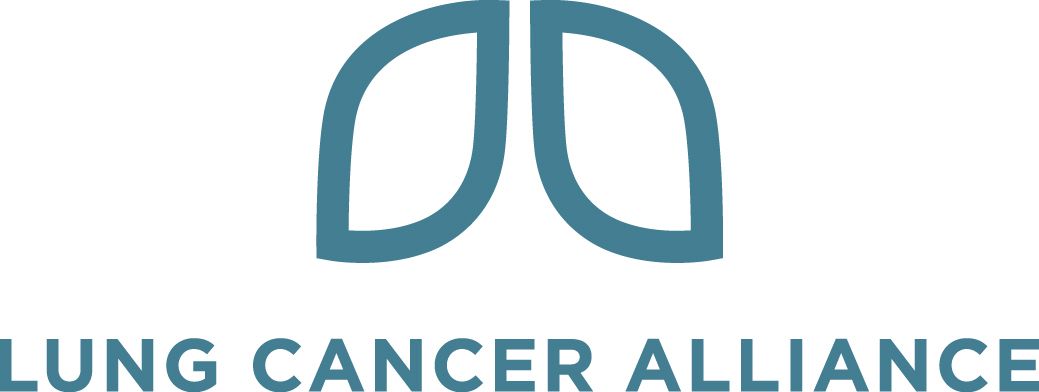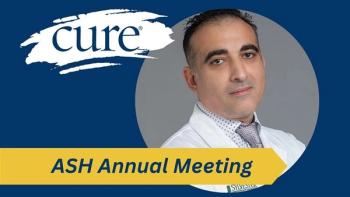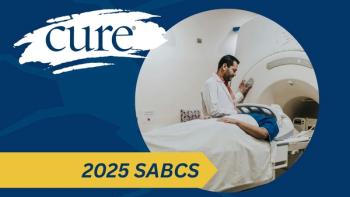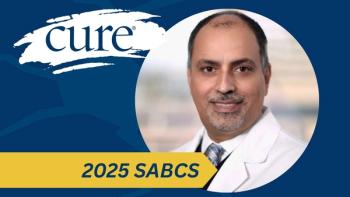
Kyprolis Combination Approved for Relapsed Multiple Myeloma

The approval was based on findings from the phase 3 ENDEAVOR trial.
The FDA has approved Kyprolis (carfilzomib) in combination with dexamethasone or with Revlimid (lenalidomide) plus dexamethasone for patients with relapsed/refractory multiple myeloma following prior treatment with one to three lines of therapy, based on findings from the phase 3 ENDEAVOR trial.
In addition to the combination approvals, this decision also converts Kyprolis's single-agent accelerated approval in this setting to a full approval. Kyprolis is now approved as a monotherapy for the treatment of patients with relapsed or refractory multiple myeloma who have received one or more lines of therapy.
"Multiple myeloma remains an incurable disease where relapse inevitably occurs and over time patients become resistant to treatments," Ruben Niesvizky, director of the Multiple Myeloma Center at Weill Cornell Medicine and New York-Presbyterian/Weill Cornell Medical Center, said in a statement. "As a clinician, I'm pleased with the tremendous progress that we have seen in the past 12 months in multiple myeloma treatment. This FDA approval is important because it provides physicians with flexible options for Kyprolis use in helping to manage this challenging disease."
In the ENDEAVOR study, Kyprolis and dexamethasone reduced the risk of progression by 47 percent compared with Velcade (bortezomib) and dexamethasone. The median progression-free survival (PFS) with Kyprolis was 18.7 versus 9.4 months with Velcade.1
In the phase 3 study, 929 patients were randomized to receive Kyprolis as a 30-minute infusion along with dexamethasone (464 patients) or Velcade and dexamethasone (465 patients). Kyprolis was administered at a starting dose of 20 mg/m2 on days 1 and 2 of cycle 1. If tolerated, the dose was escalated to 56 mg/m2 on day 8 of cycle 1. After this point, the 56 mg/m2 dose was maintained on days 9, 15 and 16 and throughout subsequent cycles. In the control arm, patients received Velcade at 1.3 mg/m2. The majority of patients received Velcade subcutaneously (75 percent).
The median age of patients enrolled in the trial was 65 years. All but 7 percent of patients had ECOG performance status of 0 or 1 (about 50 percent were ECOG 0), and about 20 percent of the patients had high-risk cytogenetic by fluorescence in situ hybridization. The primary endpoint was PFS, with overall survival (OS), objective response rate (ORR), duration of response, and safety as secondary measures.
The advantage in PFS seen with Kyprolis was consistent across subgroups. The median OS was 24.3 months in the Velcade arm but had not yet been reached in the Kyprolis arm. However, at the time of the primary analysis, survival data were not yet mature.
The ORR was 77 percent with Kyprolis versus 63 percent with Velcade. The complete response rate with Kyprolis was 13 versus 6 percent with Velcade. The rate of very good partial response or better with Kyprolis was 54 percent compared with 29 percent with Velcade.
Grade 3 adverse events (AEs) occurred more frequently in the Kyprolis arm compared with Velcade (73 vs 67 percent). Additionally, serious AEs were more common with Kyprolis (48 vs 36 percent). However, dose reductions associated with AEs were more frequent with Velcade versus Kyprolis (48 vs 23 percent). Treatment discontinuation due to AEs and on-study deaths were comparable between the two arms.
Hematologic adverse of at least grade 3 vents occurred in a similar proportion of patients in both groups, including anemia, thrombocytopenia, neutropenia, upper respiratory infection, and pneumonia. However, there was an increase in the incidence of hypertension and dyspnea with Kyprolis versus Velcade. The most frequent non-hematologic AEs of at least grade 3 were diarrhea, fatigue, dyspnea, pyrexia, constipation, and insomnia.
Peripheral neuropathy occurred in 5 percent of patients treated with Velcade and 1.3 percent of those in the Kyprolis arm. The proportion of patients with at least grade 2 peripheral neuropathy was significantly higher with Velcade (32 versus 6 percent).
Kyprolis was previously approved in July 2015 in combination with lenalidomide and dexamethasone for the treatment of patients with relapsed multiple myeloma who have received at least one to three prior lines of therapy, based on results from the phase 3 ASPIRE trial.
In the pivotal ASPIRE trial,2 the combination of Kyprolis, Revilimid, and low-dose dexamethasone reduced the risk of progression by 31 percent compared with lenalidomide and low-dose dexamethasone alone in patients with relapsed multiple myeloma. The median PFS with Kyprolis was 26.3 months compared with 17.6 months without the proteasome inhibitor.
"Kyprolis is the only approved therapy for relapsed multiple myeloma with proven efficacy as a single agent, doublet, and triplet combination that is offered in a variety of doses to meet individual patient needs," Sean E. Harper, executive vice president of Research and Development at Amgen, the developer of [Kyprolis], said in a statement. "Importantly, this new approval supports the use of Kyprolis as a backbone therapy for the management of relapsed multiple myeloma, a difficult-to-treat blood cancer."
References
- Dimopoulos MA, Moreau P, Palumbo A, et al. Carfilzomib and dexamethasone (Kd) vs bortezomib and dexamethasone (Vd) in patients (pts) with relapsed multiple myeloma (RMM): results from the phase III study ENDEAVOR. J Clin Oncol. 2015;(suppl; abstr 8509).
- Stewart KA, Rajkumar SV, Dimopoulos MA, et al. Carfilzomib, lenalidomide, and dexamethasone vs lenalidomide and dexamethasone in patients with relapsed multiple myeloma: interim results from ASPIRE, a randomized, open-label, multicenter phase 3 study. Presented at: 2014 ASH Annual Meeting; December 6-9, 2014, San Francisco, CA. Abstract: 79.





